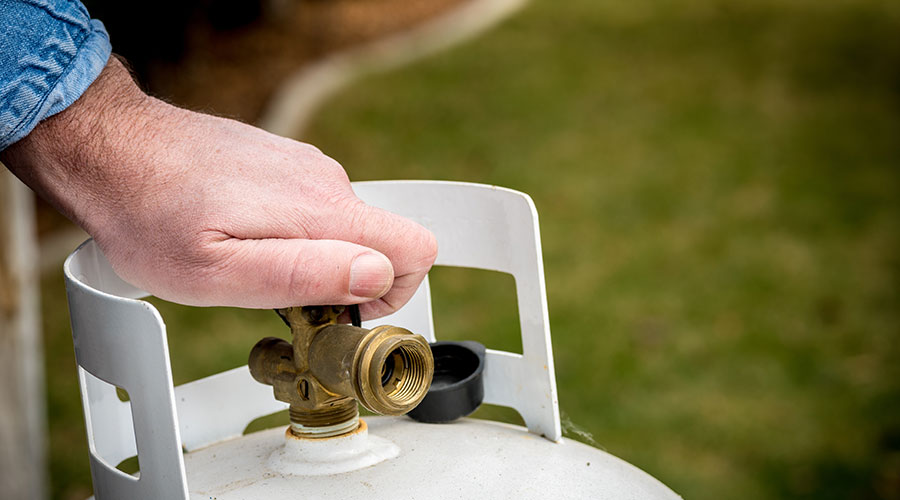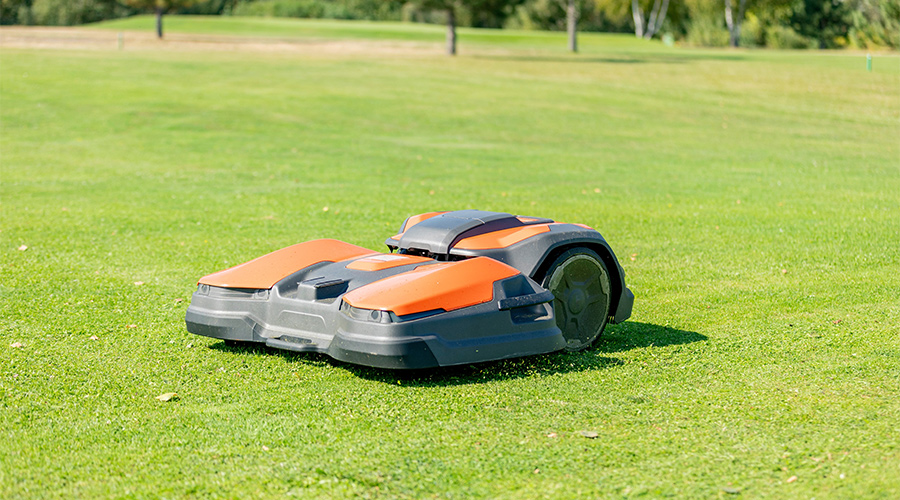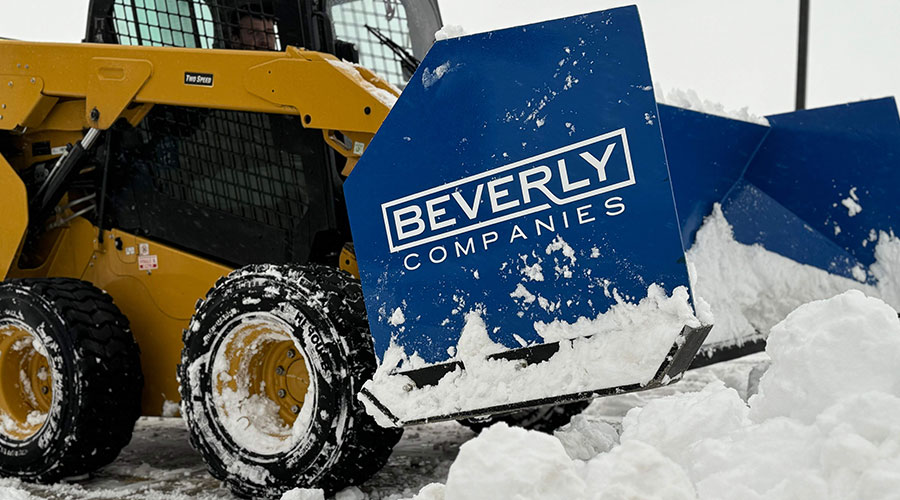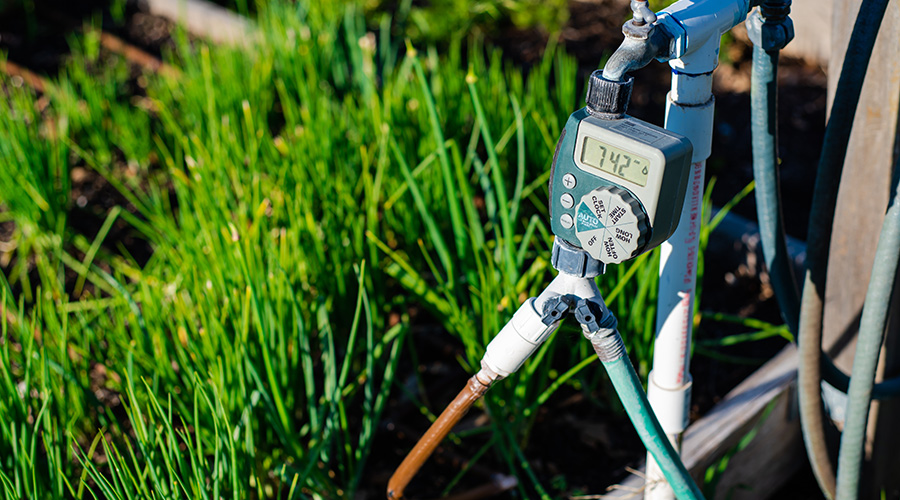Technology’s Role in Grounds Equipment Evolution
From automation and electrification to safety and ergonomics, new technologies are transforming how facility teams maintain their landscapes.
Grounds maintenance is no longer just about muscle and machines, it’s increasingly about smart technologies that improve performance, reduce labor and protect workers.
In this manufacturer roundtable, Facility Maintenance Decisions spoke with grounds equipment manufacturers about the biggest innovations in grounds equipment over the past five years, and what’s being done to make operation and maintenance safer for grounds teams across sectors.
FMD: What technological innovations have had the biggest impact on grounds maintenance over the past five years?
“Battery technology, connectivity (fleet management and GPS) and robotic automation have transformed grounds maintenance by reducing labor intensity, environmental impact and overall operating costs. Especially for our facility, golf and sports turf maintenance managers.”
— Jack Easterly, global business segment manager, landscaping and facility, Husqvarna
“Over the past five years the advancements have been significant. The innovations have transformed the world of grounds management. One of the more significant advancements is the transition to battery/electric power. For years it was highly doubted in the professional world of grounds management. We would say: “it is a nice idea, but I need something I can trust.”
Fast forward to today and you will see professional organizations implementing battery powered options within their arsenal of tools to improve their departments. The only way that happens is if the equipment matches the expectations of the end user. The manufacturers listened to the feedback and are delivering on a reliable/trusted product. You get power comparable to that of gas but with zero emissions and significantly lower noise levels. There are sectors in the grounds management world that require such specifications, and these tools are game changers.
Following the battery equipment is the advancement of robotic/autonomous solutions for grounds management. Specifically mowing, but other applications are advancing and are exciting to see in the industry. Smart connectivity, advanced turf, soil, plant monitoring technologies, data analytics, enhanced material and equipment sustainability are all areas that have advanced in the past five years.
In summary, the biggest impacts in grounds management over the past five years have come from electrification, automation and digital connectivity. These three areas have improved sustainability, reduced operational costs and enhanced the precision and efficiency of grounds management.”
— Vince Jagodzinski, grounds and field testing manager, Stanley Black & Decker
“In recent years, autonomous has really made its entrance into grounds maintenance. This technology is continuing to improve rapidly, making these units viable in more applications.
Smart connected products that can allow supervisors back at the office a real-time look at the health of products, service and maintenance reminders and even the ability to order necessary parts or service items. These features can make grounds maintenance more efficient and allow more usage time because crews don’t need to come back to the shop for a full equipment check to understand what is needed.”
— Lenny Mangnall, product manager, Exmark
FMD: What steps are manufacturers taking to make grounds equipment safer for maintenance staff to operate and maintain?
“Safety is prioritized through ergonomic design, low-vibration systems, reduced noise exposure and built-in safety features like blade-stop and remote diagnostics to minimize operator risk and fatigue depending on the product type.”
— Jack Easterly, global business segment manager, landscaping and facility, Husqvarna
“Designing with safety in mind has become the table stakes. Ergonomic controls, guarding and shields, low-vibration and low-noise designs have become the prerequisite for manufacturing. End users require the equipment to meet the highest safety protocols and manufacturers are providing it. Most manufacturers have been following strict protocols for safety for many years. It is important to work with reputable companies and research their safety records before purchasing.
Automatic Shut-Offs and Emergency Stops. Adding readily accessible emergency stop buttons and automatic shut-off features when operators leave the seat or in case of malfunction.
Interlock Systems. Ensuring certain functions cannot be activated unless safety conditions are met (e.g., seat sensors that disable equipment if the operator is not seated).
Safety Decals and Labels. Clear, visible warnings and instructions to inform operators of potential hazards.
Improved Maintenance Access. This is always an area the end user wants to be better. Manufacturers take end user feedback and implement these changes.
Ease of Servicing. Designing equipment with panels, latches, and access points that simplify routine maintenance and inspections, reducing the need for unsafe workarounds.
Lockout/Tagout Features. Incorporating systems that prevent accidental startup during maintenance procedures.
Sensor and Camera Integration. Employing sensors, backup cameras, and proximity detection to alert operators to obstacles or people nearby.
Automation and Remote Operation. Developing semi-automated or remotely operated equipment to minimize direct contact with dangerous parts.
Durable, Non-Slip Surfaces. Using materials that prevent slips and falls during maintenance.
Corrosion and Wear Resistance. Ensuring long-term safety by reducing the risk of equipment failure due to corrosion or wear.
Adhering to Regulations. Designing products that meet or exceed OSHA, ANSI, CE, and other relevant safety standards.
Certification and Testing. Subjecting equipment to rigorous safety testing and certification processes.
Integrated Safety Instructions. Including clear instructions and warnings directly on the equipment.
Training Support. Providing manufacturers’ training programs, manuals, and videos to educate staff on safe operation and maintenance.
Manufacturers are integrating safety into the core design of grounds equipment by enhancing protective features, simplifying maintenance, leveraging technology, complying with standards and supporting ongoing operator training. These efforts aim to minimize accidents, injuries and equipment-related hazards, ultimately creating a safer working environment for grounds staff.”
— Vince Jagodzinski, grounds and field testing manager, Stanley Black & Decker
Jeff Wardon, Jr., is the assistant editor of the facilities market.
Related Topics:













